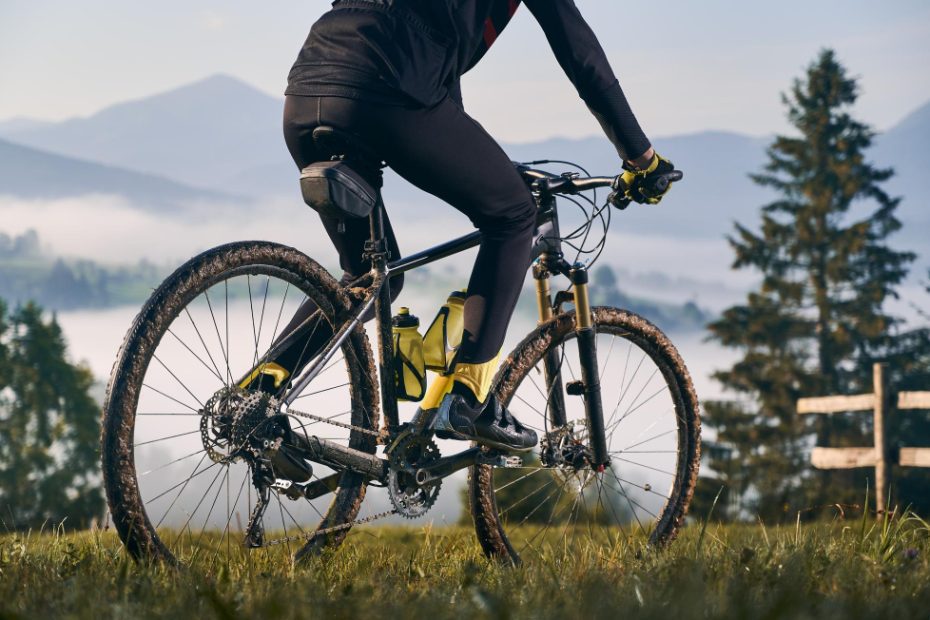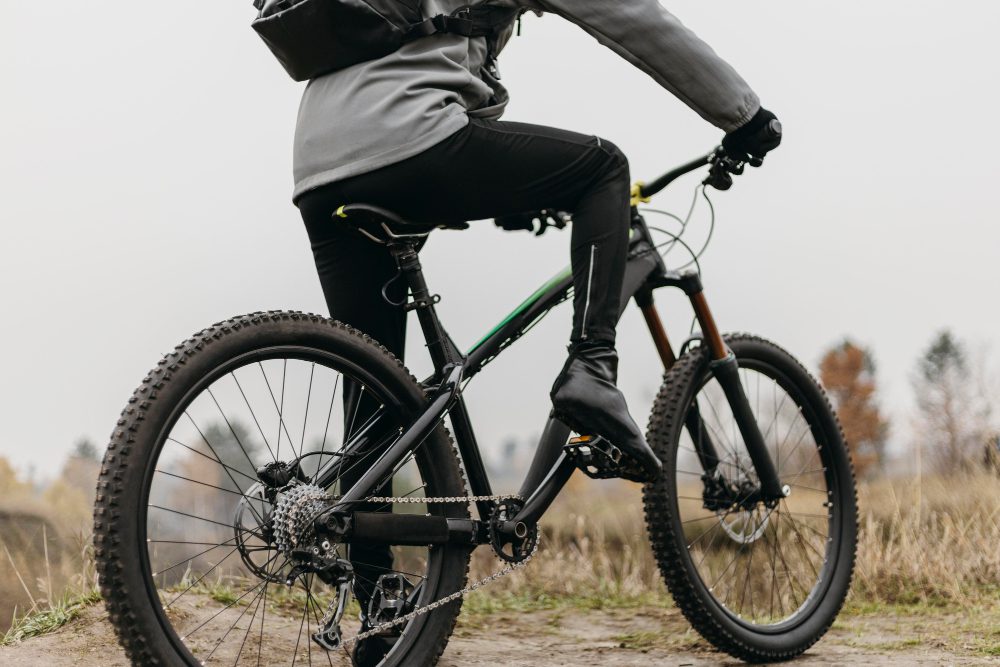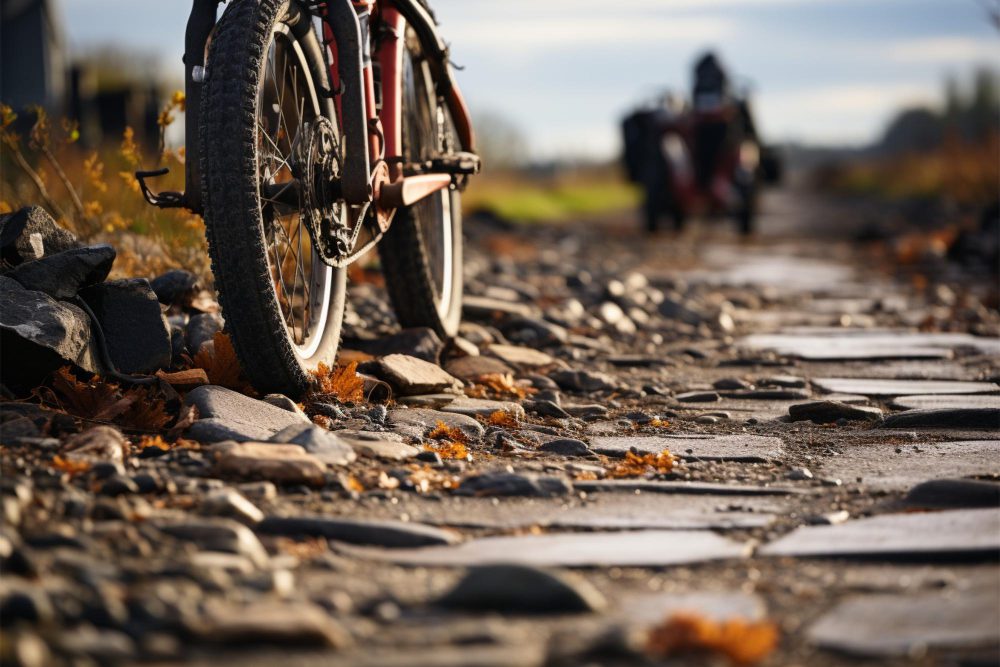Is a Cyclocross Bike Good for Bikepacking?
Introduction:
When it comes to bikepacking, one of the most important considerations is choosing the right bike for the adventure. While there are several types of bikes available, cyclocross bikes have gained popularity among bikepackers due to their versatility and off-road capabilities. In this article, we will explore whether a cyclocross bike is a good choice for bikepacking and discuss the key features that make them suitable for this type of adventure.
What is Bikepacking?
Before diving into the specifics of using a cyclocross bike for bikepacking, let’s first clarify what bikepacking actually is. Bikepacking is a form of long-distance cycling, combining elements of biking and camping. Unlike traditional touring, which often involves panniers and racks attached to the bike, bikepacking relies on lightweight gear that can be carried in frame bags, handlebar rolls, saddlebags, and other bike-mounted storage solutions. This enables riders to venture off-road and explore remote areas, making it an appealing option for those seeking adventure and a closer connection with nature.
The Advantages of a Cyclocross Bike
Cyclocross bikes are designed specifically for off-road riding, making them a great choice for bikepacking adventures that involve diverse terrains. Here are some advantages of using a cyclocross bike for bikepacking:
1. Versatility
Cyclocross bikes excel in a variety of riding conditions, from smooth pavement to muddy trails. Their geometry strikes a balance between agility and stability, allowing riders to navigate technical sections with ease. Whether you encounter gravel paths, dirt roads, or even some singletrack trails, a cyclocross bike will handle the challenge.
2. Durability
Bikepacking often involves long distances and rough terrain, placing considerable demands on the bike. Cyclocross bikes are built to withstand these conditions, with robust frames and components that can handle the rigors of off-road riding. They are designed to take a beating and keep going, ensuring reliability throughout your bikepacking journey.
3. Tire Clearance
One of the key features of cyclocross bikes is their generous tire clearance. This allows riders to fit wider tires, providing better traction and comfort when navigating unpaved surfaces. With the ability to run larger tires, cyclocross bikes offer improved stability and control, crucial for maintaining speed and handling in various environments.
“Having ridden my cyclocross bike on numerous bikepacking trips, I find its versatility and durability to be unmatched. From gravel paths to muddy trails, it has never let me down.” – Bikepacking enthusiast
Considerations for Bikepacking with a Cyclocross Bike
While cyclocross bikes offer numerous advantages for bikepacking adventures, there are a few factors to consider:
1. Carrying Capacity
Cyclocross bikes often have limited mounting points for racks and panniers compared to dedicated touring bikes. However, this limitation can be addressed by using frame bags, handlebar rolls, and seat packs, which are the preferred storage solutions among bikepackers. These options maximize the carrying capacity without compromising the bike’s agility and maneuverability.
2. Comfort
Given that bikepacking journeys can last multiple days, comfort becomes a significant consideration. Cyclocross bikes typically have a more aggressive riding position compared to touring bikes, which may not suit everyone. It is essential to choose a bike with the right frame size and consider adding accessories like padded handlebar tape or a suspension seat post to enhance comfort during long rides.
Is a cyclocross bike good for triathlon?
Introduction
Cyclocross bikes have gained popularity in recent years due to their versatility and ability to handle various terrains. However, when it comes to triathlon, which involves a combination of swimming, cycling, and running, is a cyclocross bike a suitable choice?
Benefits of a Cyclocross Bike for Triathlon
While cyclocross bikes are primarily designed for off-road racing, they do offer certain advantages for triathletes. The sturdy frame and wider tires provide stability and enhanced control, making them ideal for navigating challenging terrain during the cycling leg of a triathlon.
Considerations for Triathlon
However, there are several factors to consider before using a cyclocross bike for a triathlon. The bike’s geometry, specifically the aggressive positioning, may not be as aerodynamic as a dedicated triathlon or road bike. This could impact your speed and efficiency, especially during longer distance triathlons.
Importance of Bike Fit
Proper bike fit is crucial for any triathlete, regardless of the bike they choose. It ensures comfort, reduces the risk of injuries, and optimizes performance. However, due to the distinct geometry of a cyclocross bike, it may require additional adjustments to achieve an optimal fit for triathlon purposes.
Transition Considerations
Another aspect to consider is the transition between the cycling and running legs. Cyclocross bikes typically feature a higher bottom bracket height, which can make dismounting and running with the bike more challenging compared to a road or triathlon bike.
Expert Opinion
According to triathlon coach John Smith, “While cyclocross bikes can be suitable for shorter distance triathlons or off-road triathlons, they may not be the best option for longer distance events where speed and aerodynamics play a significant role.”
It’s important to assess your goals, the specific race conditions, and your personal preferences before deciding on a cyclocross bike for a triathlon.
Can I use my gravel bike for cyclocross?
Gravel biking and cyclocross are two popular off-road cycling disciplines that share some similarities. Many riders wonder if they can use their gravel bikes for cyclocross races or vice versa. While both bikes have their own features and strengths, it is possible to use a gravel bike for cyclocross, with some considerations.
Differences between gravel bikes and cyclocross bikes
Gravel bikes are designed for versatility and long-distance rides on mixed terrain. They typically have more relaxed geometry, wider tire clearance, and features like mounts for racks and fenders. On the other hand, cyclocross bikes are built for racing in muddy and challenging conditions, with more aggressive geometry, narrower tires, and higher bottom brackets.
However, due to the growing popularity of gravel racing and the versatility of gravel bikes, many cyclists have successfully used their gravel bikes for cyclocross events.
Considerations for using a gravel bike for cyclocross
While it is possible to use a gravel bike for cyclocross, there are a few things to keep in mind:
- Tire clearance: Check if your gravel bike has enough clearance for narrower cyclocross tires. Cyclocross tires typically range from 32mm to 35mm in width.
- Brakes: Cyclocross races often require quick and precise braking. Make sure your gravel bike’s brakes provide sufficient stopping power.
- Handling: Cyclocross courses can be technical and demanding. Assess your gravel bike’s handling abilities and make adjustments or upgrades if necessary.
- Weight: Gravel bikes tend to be heavier than cyclocross bikes due to their additional features. Consider the weight difference and how it may affect your performance in a race.
Quotes from experienced riders
“I’ve used my gravel bike for cyclocross races and it performed surprisingly well. The wider tires gave me extra stability on muddy sections.” – Emma, Cyclocross enthusiast
“If you’re not aiming for podium finishes, a gravel bike can be a great option for cyclocross. It’s comfortable for longer races and offers plenty of versatility for other types of riding.” – John, Gravel racer
Conclusion
In conclusion, while a cyclocross bike can be a viable option for certain triathlon scenarios, it is important to consider various factors such as bike fit, aerodynamics, and the specific demands of the race. Consulting with a triathlon coach or bike specialist can help you make an informed decision based on your individual needs and goals.
| Pros | Cons |
|---|---|
| Sturdy frame for off-road terrain | Less aerodynamic compared to dedicated triathlon/road bikes |
| Wider tires for better control | Higher bottom bracket height may affect transitions |
| Versatile for diverse terrains | May require additional adjustments for optimal fit |
Additional Considerations
- Training on various terrains with a cyclocross bike can increase your overall cycling skills.
- If you already own a cyclocross bike and don’t want to invest in a separate triathlon bike, it can be a decent compromise.
- A dedicated triathlon bike may still provide better performance and efficiency for longer distance triathlons.
In conclusion, while a dedicated cyclocross bike may provide an edge in terms of performance, using a gravel bike for cyclocross can still be a viable option. Assess your bike’s tire clearance, brakes, handling, and weight, and make any necessary adjustments to enhance its suitability for cyclocross races. Remember, it’s all about having fun and enjoying the off-road experience!



